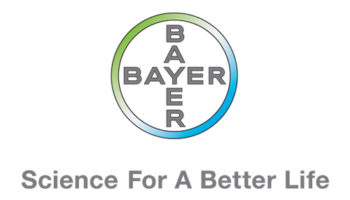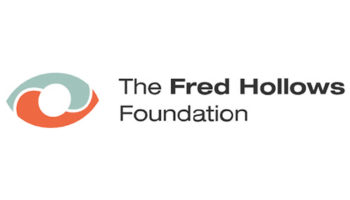- SEVA, “Eye health: a best buy in global health and development,” SEVA, Nov. 2023. Accessed: Nov. 10, 2023. [Online]. Available: https://www.seva.org/site/DocServer/SevaPolicyPaper_EyeHealth.pdf
- Deloitte and Roche, “Investment in Eye Health to Prevent Sight Loss.” Accessed: Sep. 12, 2023. [Online]. Available: https://www.deloitte.com/au/en/services/economics/analysis/vision-future-investing-eye-health-safeguard-sight.html
- M. Burton, “Lancet Global Health Commission on Global Eye Health: Vision Beyond 2020,” The Lancet Global Health, vol. 9, no. 4, pp. e489–e551, 2021.
- K. A. Eckert, V. C. Lansingh, M. J. Carter, and K. D. Frick, “Update of a Simple Model to Calculate the Annual Global Productivity Loss Due to Blindness and Moderate and Severe Vision Impairment,” Ophthalmic Epidemiology, 2022, doi: 10.1080/09286586.2022.2072899.
- World Health Organization (WHO), “World report on vision,” Geneva, 9789241516570, 2019.
Join a powerful, unprecedented alliance for better eye health for all.
Join IAPB











